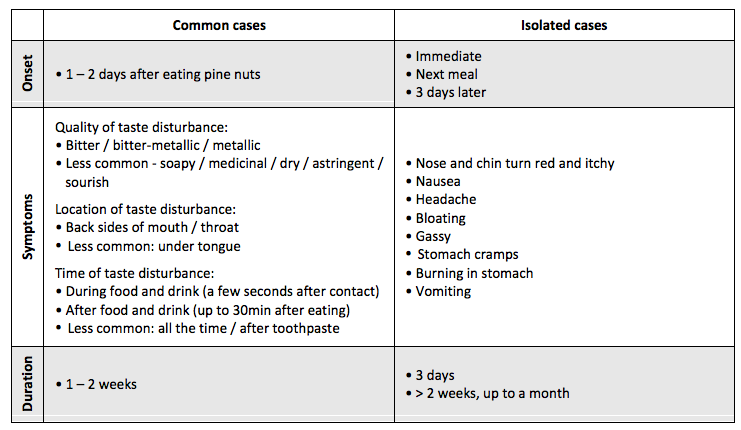 U.S. Army 2nd Lt. Jamie Howell examines Wilda Jean-Charles, 12, for an ear infection. A bulging eardrum is the one of indicators doctors check for in middle-ear infections. (Carole Devillers/Reuters)
U.S. Army 2nd Lt. Jamie Howell examines Wilda Jean-Charles, 12, for an ear infection. A bulging eardrum is the one of indicators doctors check for in middle-ear infections. (Carole Devillers/Reuters)
Parents of babies and toddlers suffering from painful ear infections are often told to wait before antibiotics can be prescribed, but new research shows the treatment can ease symptoms faster in some cases.
The American Academy of Family Physicians and the Canadian Pediatric Society recommend a “watchful waiting” period that reserves antibiotics for children whose symptoms do not improve with time.
Many European countries use watchful waiting for nearly all cases of middle-ear infections in children, and comparisons of the two strategies have given conflicting results because of differing definitions of middle-ear infections. Symptoms can resemble upper respiratory infections.
Thursday’s findings are “the best data yet” to show the effectiveness of antibiotics, an editorial accompanying the study in the New England Journal of Medicine said, based on research that used strict criteria to diagnose ear infections.
To sort out the discrepancy, researchers randomly assigned 291 children between six and 23 months of age with acute middle ear infections — defined by a bulging eardrum and common symptoms reported by patients.
The toddlers received either amoxicillin-clavulanate or a placebo for 10 days.
“More young children with a certain diagnosis of [middle ear infection] recover more quickly when they are treated with an appropriate antimicrobial agent,” Dr. Jerome Klein of the Boston University School of Medicine wrote.
Among those who received amoxicillin-clavulanate:
- 35 per cent had their symptoms resolve by day two.
- 61 per cent by day four.
- 80 per cent by day seven.
In contrast, among those on placebo:
- 28 per cent had their symptoms go away by day two.
- 54 per cent by day four.
- 74 per cent by day seven.
Study author Dr. Alejandro Hoberman of the Children’s Hospital of Pittsburgh and his co-authors cautioned the results need to be weighed against concerns about side-effects of antibiotics and spurring antimicrobial resistance.
A second study by Finnish research looked at 319 children between the ages of six months and 35 months for seven days.
Treatment failure (lasting signs of acute infection during ear exams) occurred by the end of the study period in 18.6 per cent of children who received amoxicillin, compared with 44.9 per cent of those on placebo, Dr. Aino Ruohola of the University of Turku and colleagues found.
Common side-effects of amoxicillin-clavulanate include diarrhea, nausea and vomiting.
Prescribing antibiotics for children who don’t really have ear infections are another concern.